Verdict
After playing a pretty good amount of Tape to Tape and Doom on this controller, the Gamesir Cyclone 2 is my favorite controller to use right now.
At $55 USD with the dock, it’s cheaper than the first party controllers and it’s much cheaper than the super premium controllers that are out there, but it gives you all the performance that you would need.
I don’t really see the reason why you would want to go for a traditional Xbox controller versus this, um, outside of maybe the D-pad. But other than that, I think it’s a no-brainer to go with this if you’re looking for an Xbox-style controller.
⭐ ⭐ ⭐ ⭐ ⭐ 5/5
Pros
- Great value for the tech
- TMR sticks feel amazing
- Micro switches are an improvement over membrane buttons
- Great wireless performance
- Well integrated trigger stop design
- Dock is a good value for $10 more
Cons
- Weaker battery life
- Back buttons might be too easy to press for some
Shape
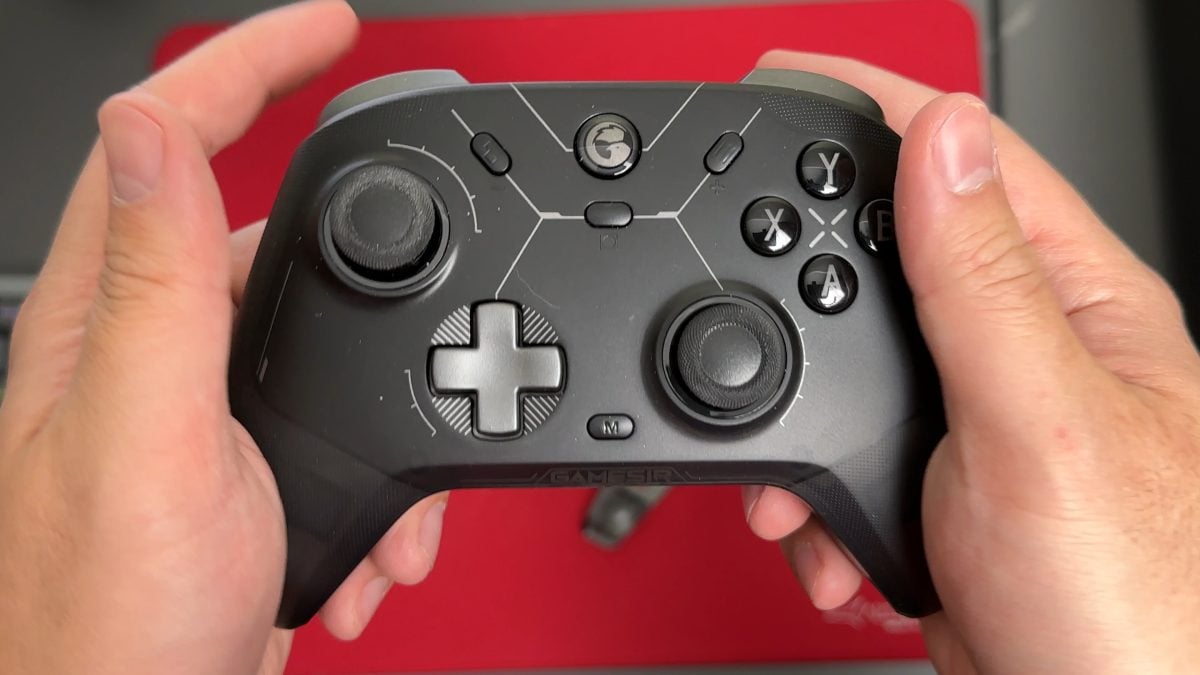
The Gamesir Cyclone 2’s design will feel immediately familiar to Xbox controller users. The shape, angles, and overall size closely mirror the Xbox controller layout, making it a natural choice for gamers who prefer that style of gamepad.
It’s almost exactly the same size wise as well. So it’s an easy replacement for an Xbox controller.
Design
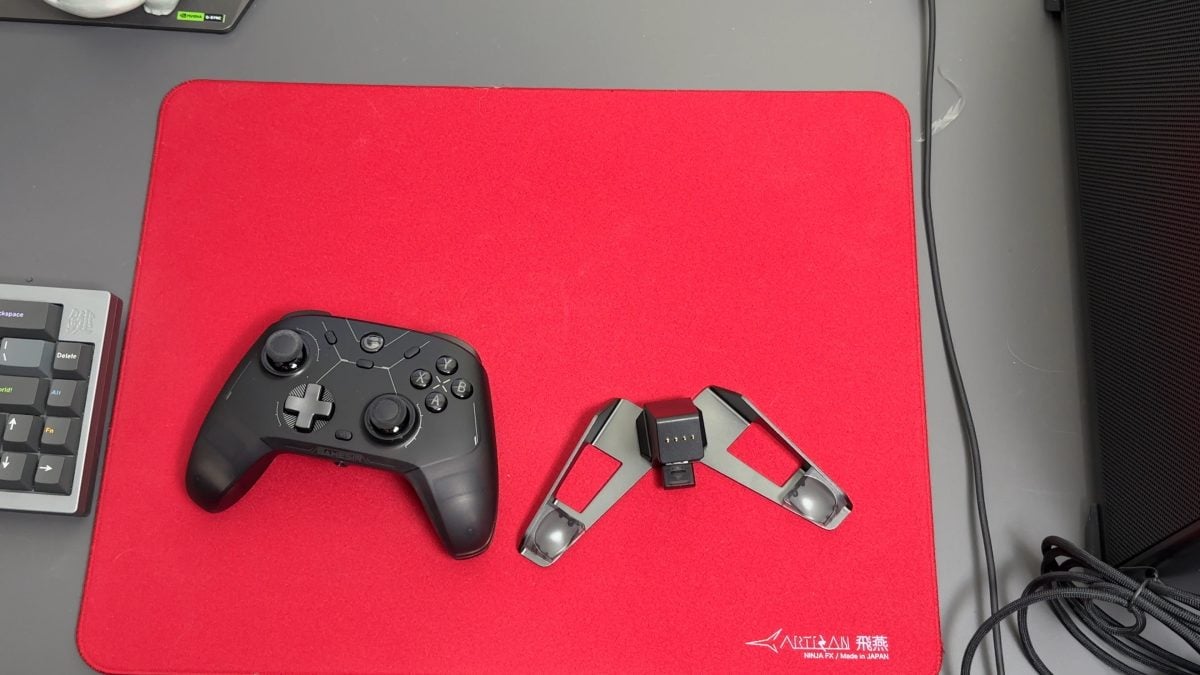
The GameSir Cyclone 2 comes in two colors, black or white. The white one looks a little nicer with the gold accents. Both use a semi-transparent shell, which is nice. You can see the internals and micro switches through the shell.
I find that the designs are a little too busy – there’s a lot of little lines and branding that I would prefer not to have, and the RGB inside makes it a very busy-looking controller. It’s very gamer-y. That being said, you can turn off the RGB and it looks decent.
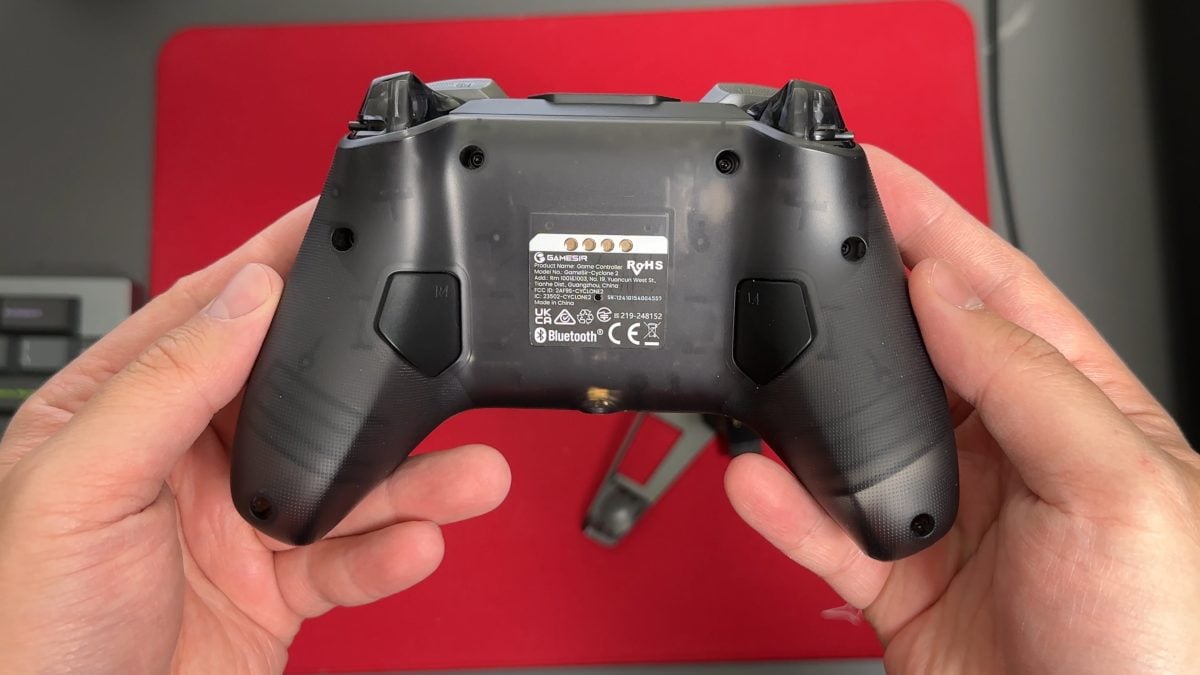
The textured plastic located on the grips of the controller, the back of the controller, and the triggers feels great and makes it comfortable to hold.
The rear grips have a slightly more pronounced point compared to an Xbox controller, though it’s hardly noticeable during use.
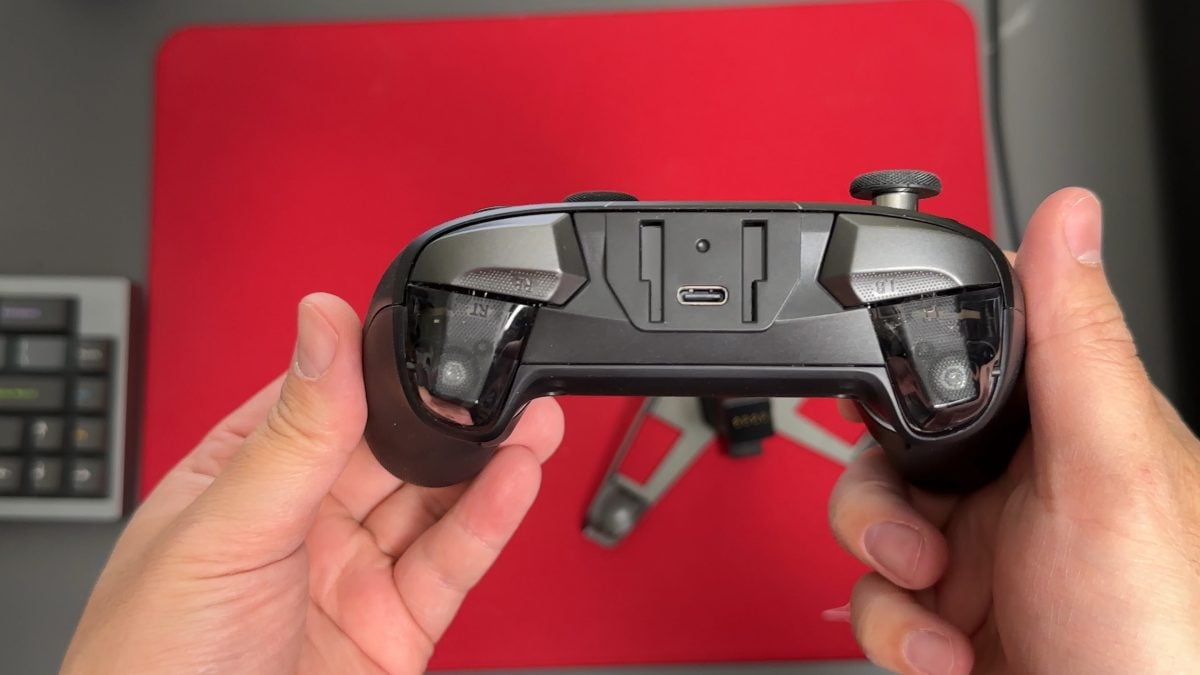
The controller features a phone mount along the top for mobile gaming, while the bottom houses a 3.5mm headphone jack.
Thumbsticks
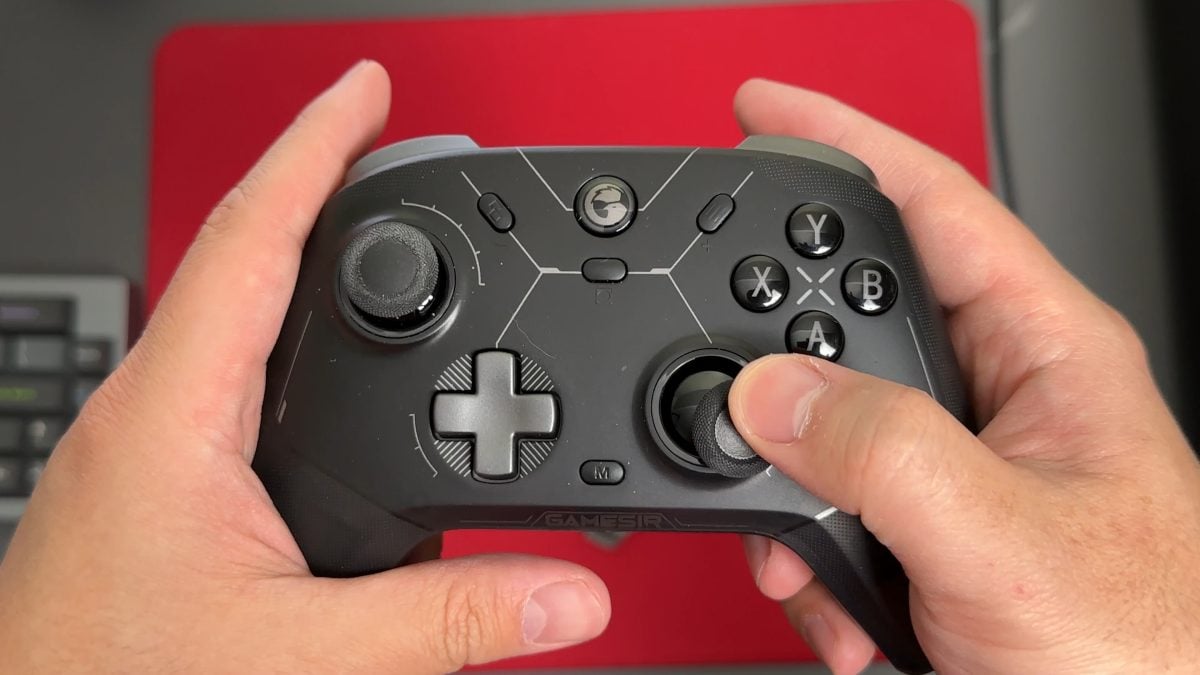
These are probably the best thumbsticks I’ve used in a controller, and I’ve used quite a few.
The TMR thumbsticks feel very smooth – they’re really nice and offer no scratchiness or resistance in that manner.
That being said, the adjustment period was minimal. The resistance feels familiar and right, and it didn’t take very long for me to adjust, so I wasn’t overshooting or undershooting for very long.
I found that I was able to do zero dead zone. The accuracy of the thumbsticks was really good on testing. It was perfect out of the box.
Buttons

The micro switch buttons felt a little strange to me at first, to be honest. But after maybe a couple of hours, I got really used to them and actually now prefer this button feel compared to traditional membrane button controllers.
For those who haven’t tried it yet, they feel sort of like little blue clicky switches, but with a lot shorter travel. They’re not as crisp and tactile as a keyboard switch, but they’re definitely not as squishy as a membrane.
There is one proprietary button on the game server, that’s the M button, which allows you to switch between RGB profiles and stuff like that.
There are only two back buttons, the Gamesir Cyclone 2. They are located in a decent spot that are very easy to use, but I do find that I accidentally trigger them sometimes.
It would be nice if they were either a little stiffer so that they weren’t easy to accidentally press, but they are in a good spot if you do use them.
You just have to maybe adjust your grip a little bit to not squeeze the controller as much.
D-Pad
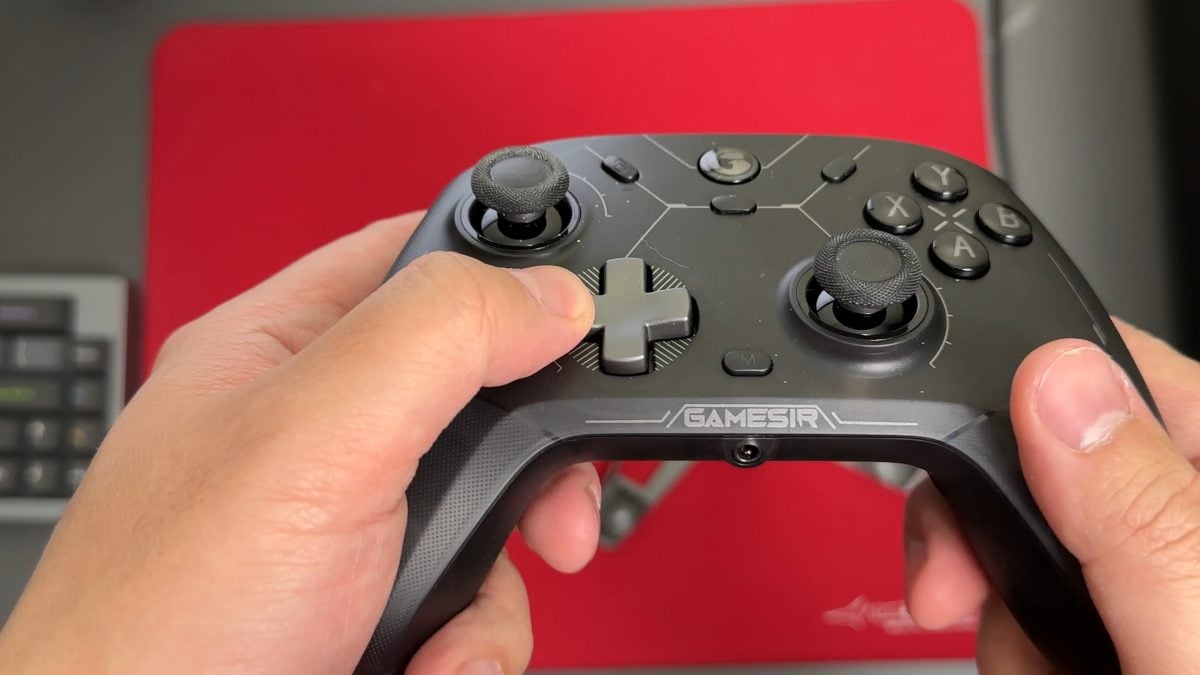
The D-Pad also uses the micro switches. The D-Pad itself is pretty good.
I don’t think it’s the best D-Pad on the market, but it’s serviceable for menus. If you’re using a D-Pad for fighting games or 2D games, I think there are better options, including the DualSense. But this is a perfectly serviceable D-Pad for an Xbox style controller.
The D-pad has a little dipped angle to it, so the up, right, down, left directions are very easy and clean to press, but I find that it makes the diagonals a little bit less clear to me.
Triggers
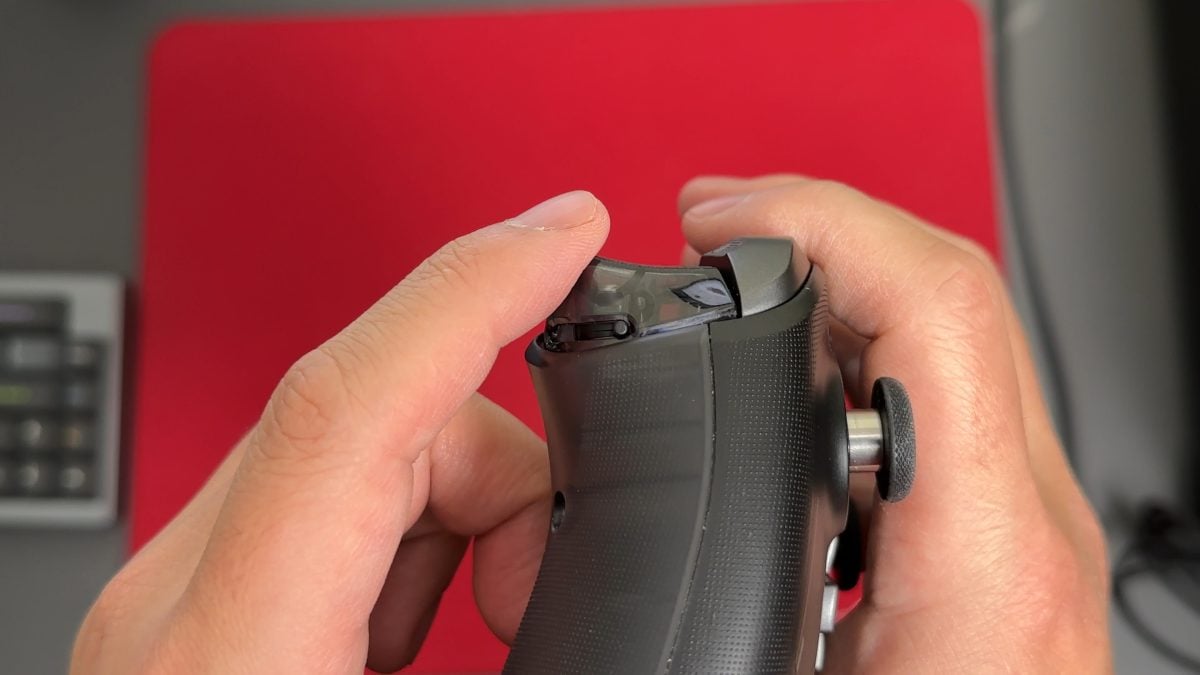
The triggers are reminiscent of the Xbox-style controllers. There’s nothing notable about the LB and RB buttons. They do their job well.
The triggers on this controller are exceptional. They’re easy to press with a very smooth action, thanks to the Hall-Effect switches which perform amazingly well here.
The bottom-out feels satisfying, and the snapback response is excellent. The travel is consistent all the way across to the bottom out, where I find the Xbox controller has a bit more resistance at the bottom. I appreciate the sort of linear travel of the GameSir Cyclone.
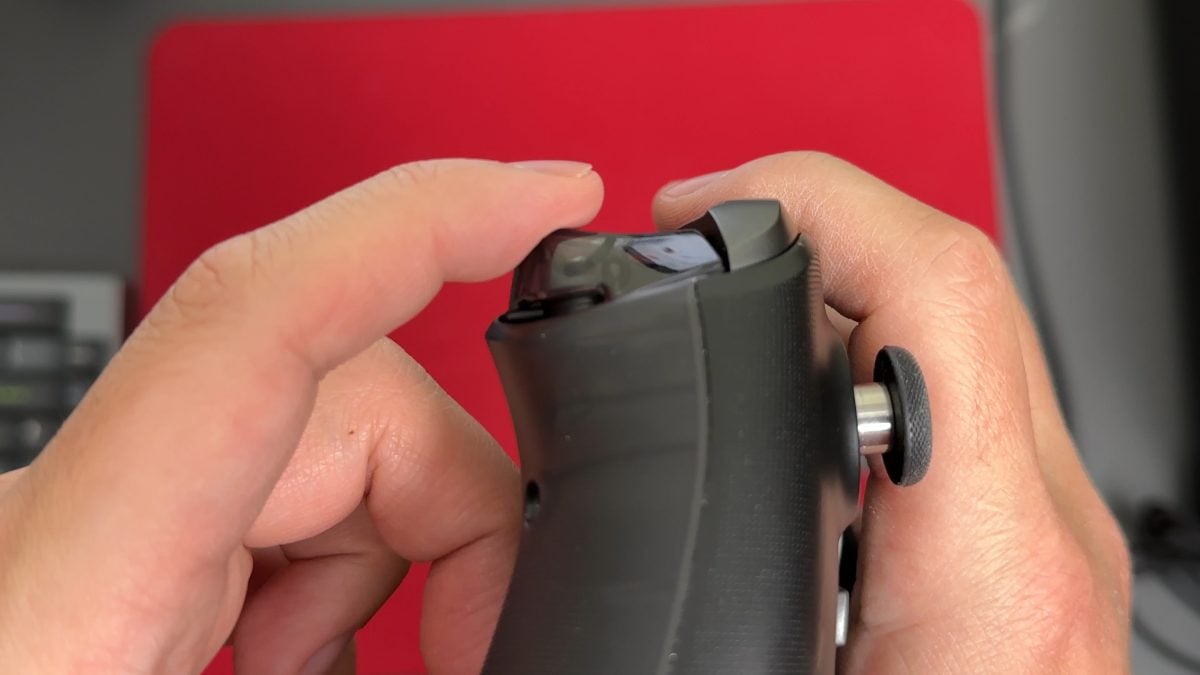
The standout feature is an ingenious locking mechanism that converts them to quick triggers. The flip switch is located inside the trigger, activating a micro switch that provides great tactile feedback – perfect for gamers who want faster trigger response times.
Charging Dock
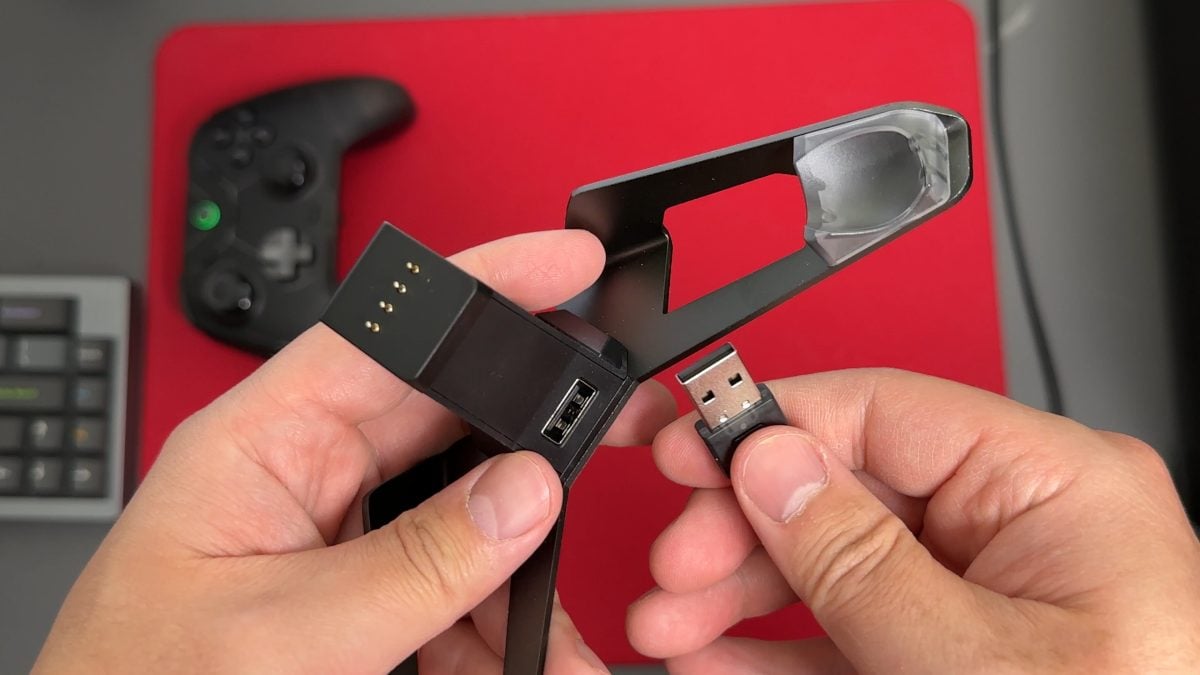
You can buy this controller without the dock or with the dock. Getting the dock is about $10 more than the non-dock controller. I think it’s worth it for the charging convenience.
The charging dock isn’t quite as premium as the 8BitDo dock, but it gets the job done. It serves as both a wireless dongle and charger for the controller.
While the docking mechanism could be smoother, it charges the controller reliably and is straightforward to use. This helps make up for the controller’s somewhat limited battery life.
Performance & Battery Life
The GameSir Cyclone 2 features up to a 1,000 Hz polling rate wirelessly with its dongle and dock. I noticed no latency difference between wired and wireless. It’s a great performing controller with no hiccups in wireless mode.
The battery life isn’t great and could be longer, but the dock makes it very easy to top up the controller. No complaints overall with battery life, even though it is short compared to other controllers.
Software
GameSir’s software package offers decent customization options, including sensitivity adjustments, button remapping, and RGB lighting controls. While not the most polished software suite I’ve used, it gets the job done. I did encounter a minor RGB bug where the lighting colors were randomizing unexpectedly, but I was able to troubleshoot this using the software’s built-in tools.

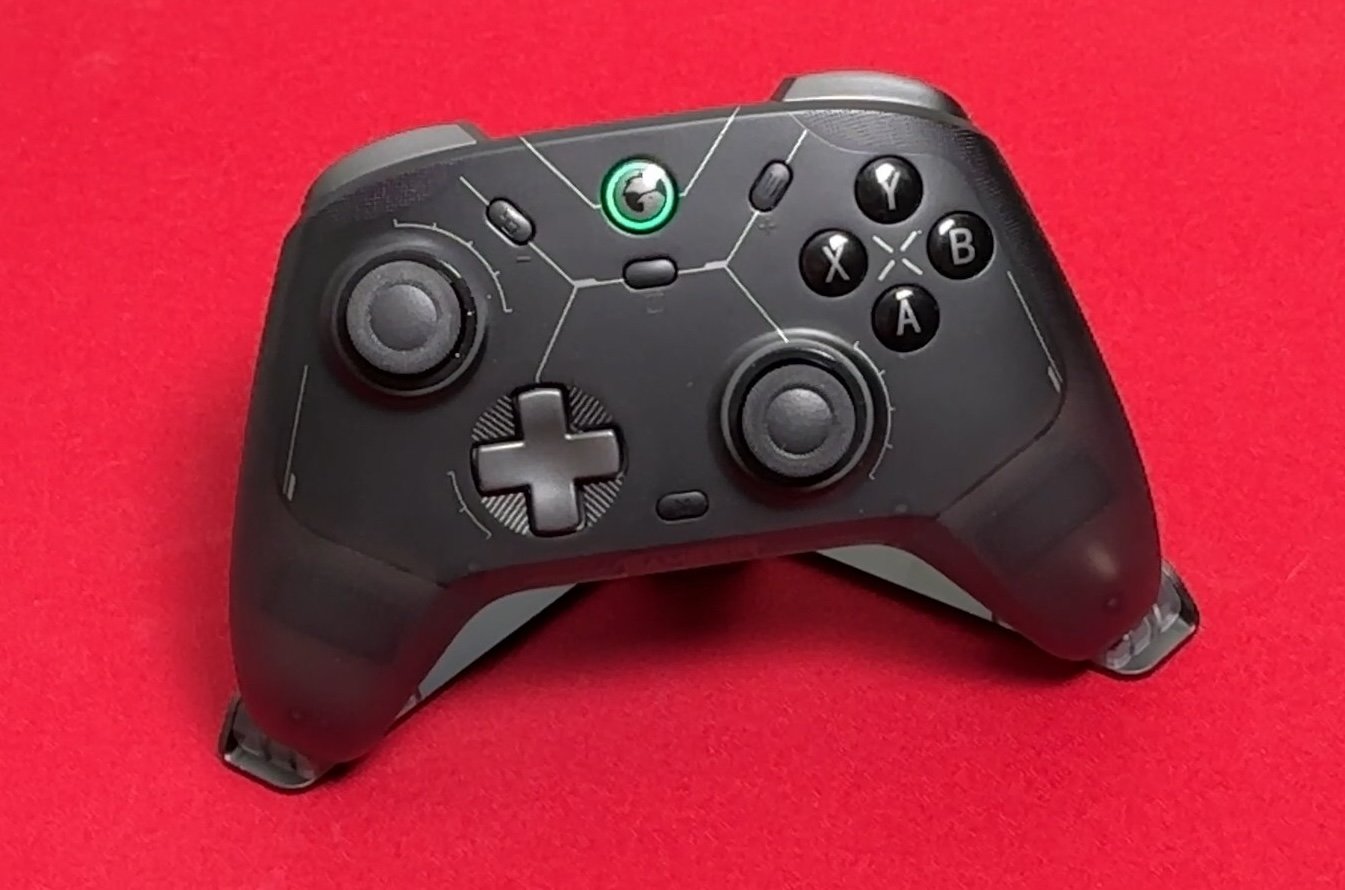

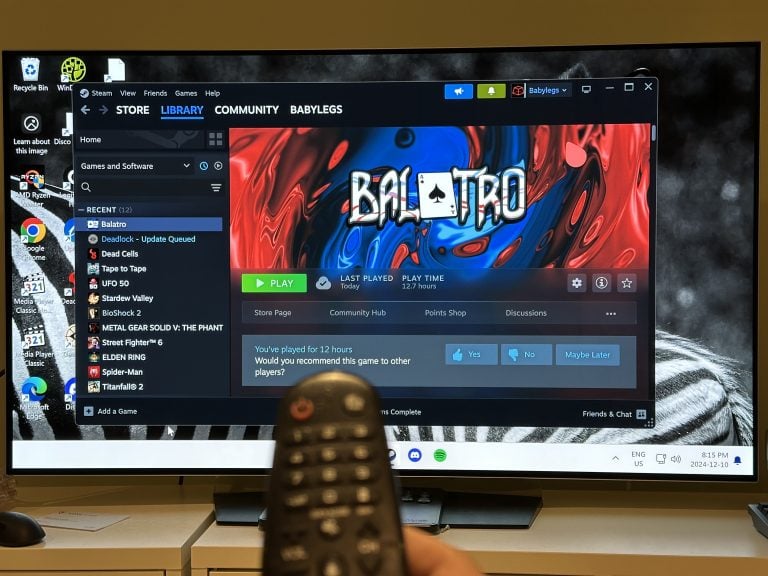
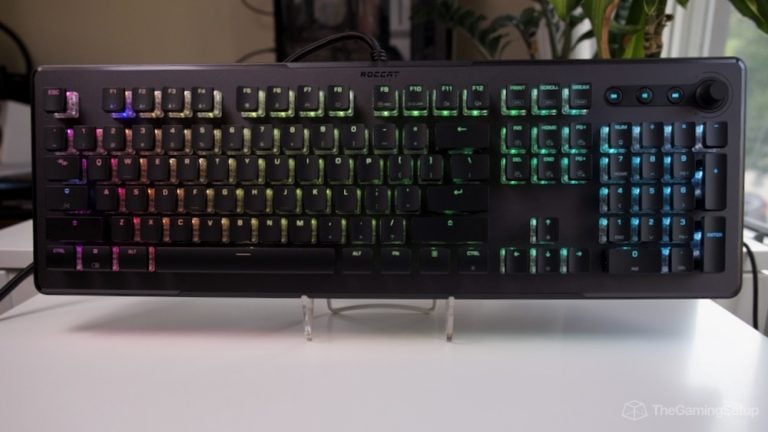
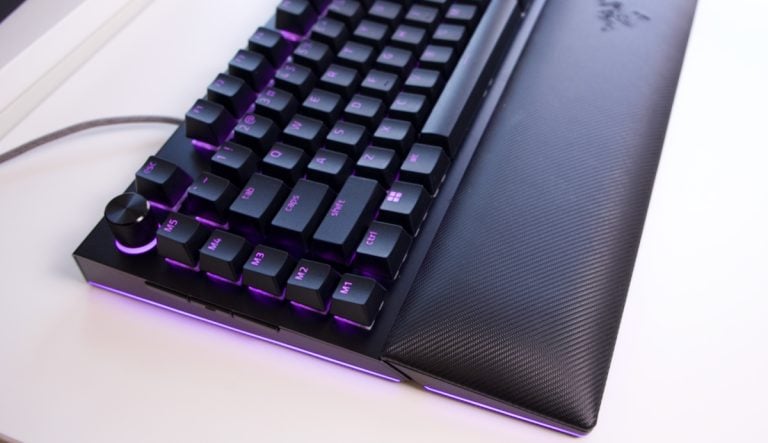
One Response
I enjoyed reading this article. Thanks for sharing your insights.